Way over thinking it. Cable picks like sony put in are very common. Usually they are secured to a pin rail. In a space with movable electrics and no side rails its pretty much the best you can do.
...... Something involving tapatalk.......
It may be over thinking but it allows for them to be moved during a show without much rehearsal time.
Sent from my ADR6300 using Tapatalk
Way over thinking it. Cable picks like sony put in are very common. Usually they are secured to a pin rail. In a space with movable electrics and no side rails its pretty much the best you can do.
...... Something involving tapatalk.......
I think it is important to note that the examples provided seem to be more addressing general issues that they are getting "what we wanted". While I think getting the input of the users is critical, I also think this also sometimes needs to be tempered with a dose of reality. What I mean is:Yeah well...I can't say that they completely know what they are doing, but the key was they kept US (the employee's) in the loop throughout almost the entire construction process. This allowed us to personally make sure we got what we wanted, it also allowed us to fix NUMEROUS problems that would have destroyed us before they became major problems.
I think it is important to note that the examples provided seem to be more addressing general issues that they are getting "what we wanted". While I think getting the input of the users is critical, I also think this also sometimes needs to be tempered with a dose of reality. What I mean is:
I really wanted to highlight the potential difference between giving input to the designer(s) in order to help avoid problems or optimize the results versus "to personally make sure we got what we wanted."
- The users today may often not be the users on 5 years or even next year. You often have to be careful of incorporating personal preferences that may not be shared by others.
- The Users are often not the Owners or the people paying and those parties may have differing goals and priorities. If a user wants one thing and the Owner or party paying for it wants something different, guess which controls?
- There may be practical construction and code issues that sometimes necessitate less than ideal conditions or solutions. Those are generally not open to being subrogated to personal needs or wants.
- Typcially, there is some party that will be ethically and potentially legally liable for the results and they have to have the final say in what is designed. That party should certainly be open to input from others but if they are assuming liability they also have to have the associated authority. I have terminated my involvement on projects where people seemed to believe my role was to assume the responsibility for their decisions or direction regardless of whether I agreed with them or not.
Is not this where the role of consultant comes in?
Generally consultants come into play when the people at the top recongise that they don't have the knowledge / skills / etc. to deal with a particularly specialised part of a project. Consultant are generally assumed to be competent and because of the way things work in the big bad world, because someone is being paid to give the advice, it's apparently more valid than anything that might come from existing staff.
The way I see it, the consultant is there firstly to help the big wigs work out what they want and to define the basis on which the systems are then designed and specified. Looking at what management want as a future vision is critical. Just because a facility hosts a certain spectra of events now does not mean that's what management want that profile to look like in a few years time... Does that mean you should neglect the current uses? Absolutely not. But if a minor inconvenience now is going to make it much easier to achieve management's grand dreams later is that not a small price to pay (financially and otherwise)?
I'd tend to think a good consultant will be acutely aware of the usability of the system, but they can only work on the information they manage to squeeze out of management and their own experiences. I don't know any consultants who have noteworthy skills in mind reading.
One of the best projects in recent times was a theatre in Melbourne. Over time, the producing company had developed a specification of sorts for what they wanted in their space. It ended up forming the basis for all the consultants' works on that venue. It had been built up over 20 odd years and was 600 pages. The key here is that the ground level people in the organisation had created an easy line of communication with the consultants. Management didn't have to need to understand each thing in that document, they could just hand it over...
Above all else, remember the golden rule...
He who has the Gold makes the rules...
Your comment actually seems to support the point I was making. Consider that a Consultant is generally not a decision maker on a project, their role is typically to provide input and recommendations to allow the actual decision makers to make informed decisions. Even detailed drawing and specification prepared by a Consultant have no real authority except as assigned them by those who do have such authority. At least in my experience, the actual decision makers with that authority are typically the administrators, backers, etc.while I agree with most of your post, I have to say you have a bit of a skewed outlook on things. I understand that while the people financing hold the money they most likely have never touched the equipment in their own building nor tried to adequately used said equipment in making a performance work.
Now I am not saying the employees should be allowed to make final decisions, I am just saying taking input from the people who end up using the equipment while understanding that some of it may be personal preference, (such as what I am trying to convince my AV friend from buying cheap DJ dimmers for their S4's in a convention center) it still should be noted that asking how the facility is actually used an not just what they see the goals of the facility being. (most people who are in charge of a building have no idea what the building needs to actually accomplish, just the clients that they serve).
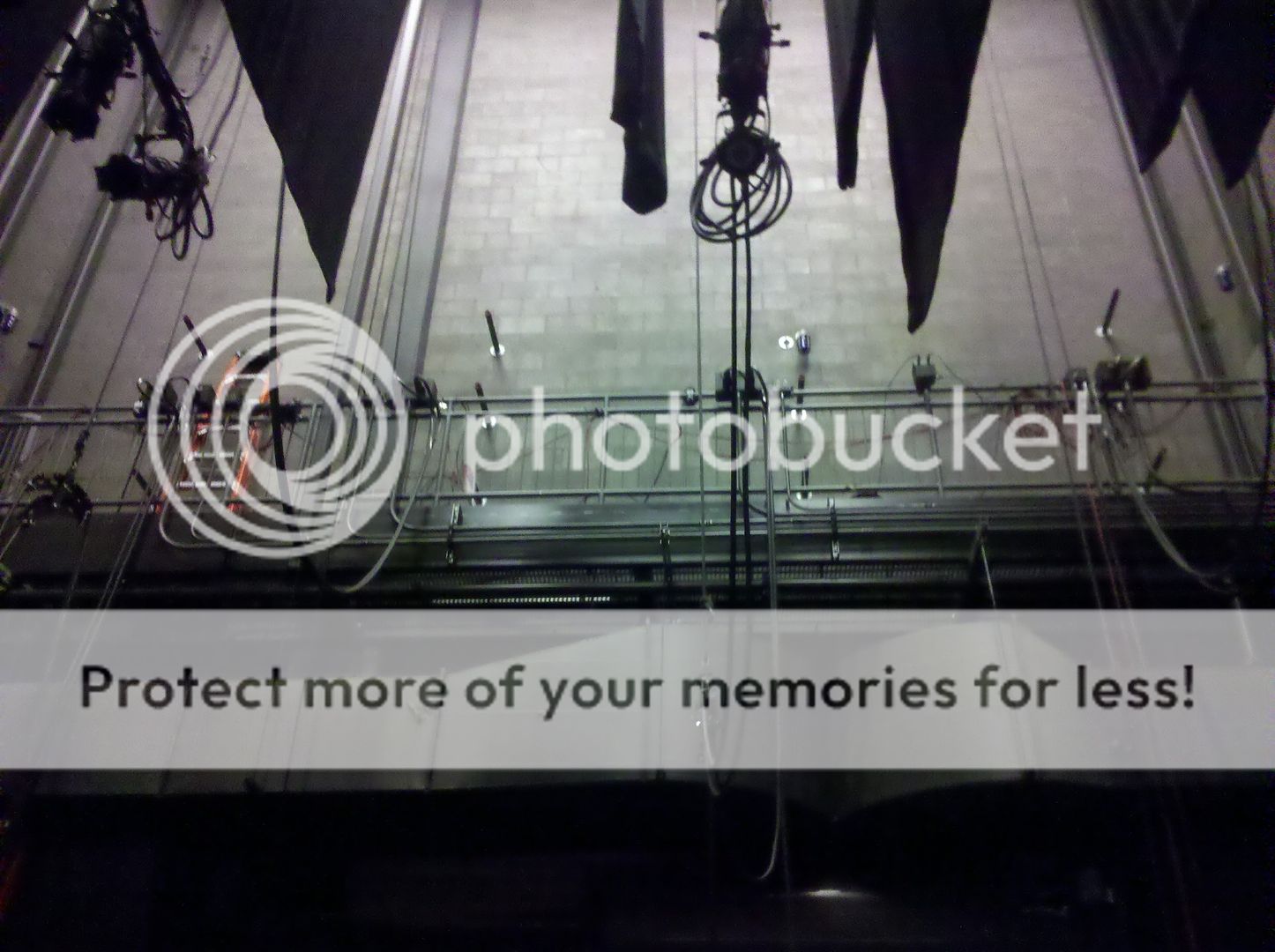
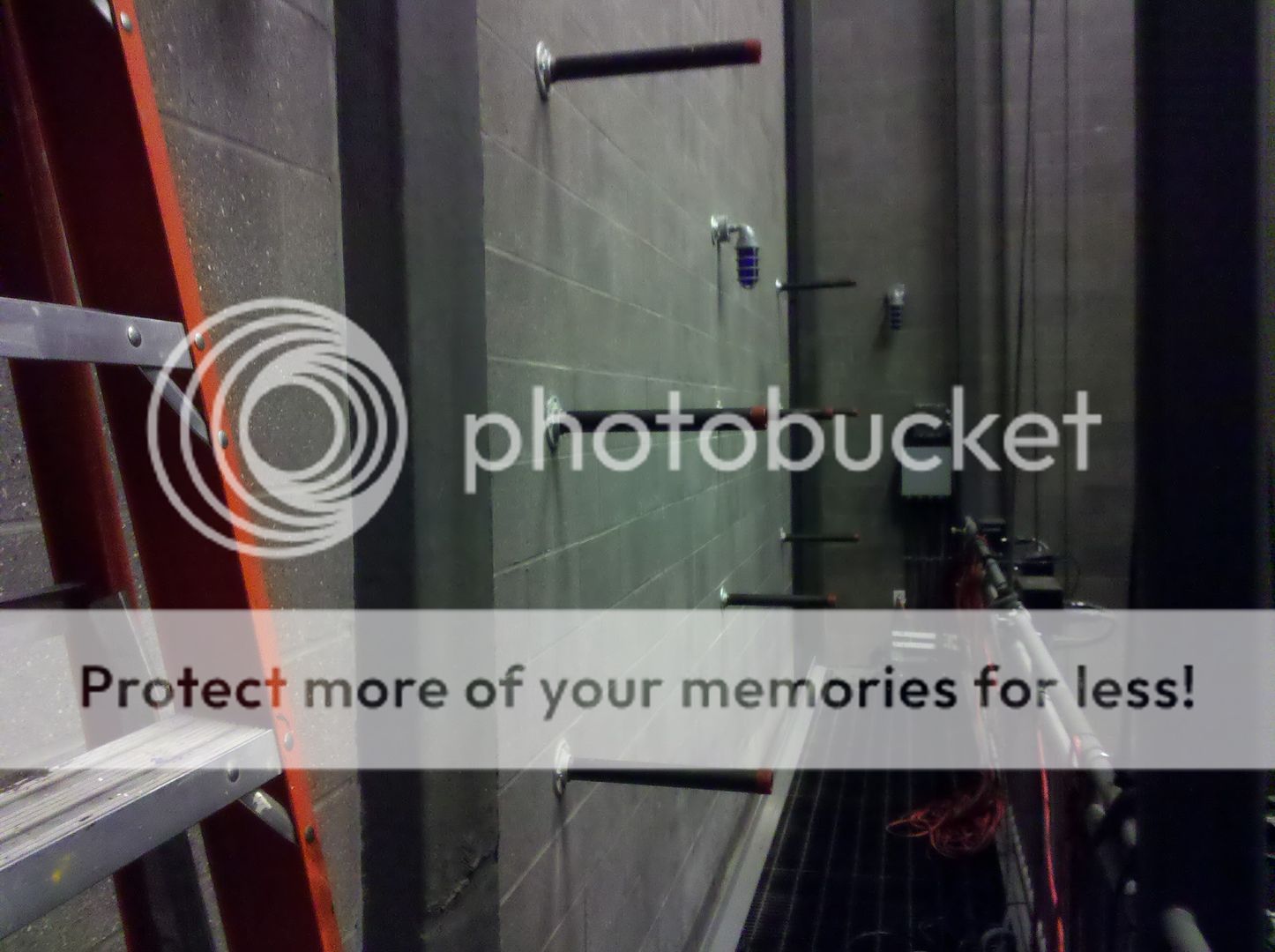
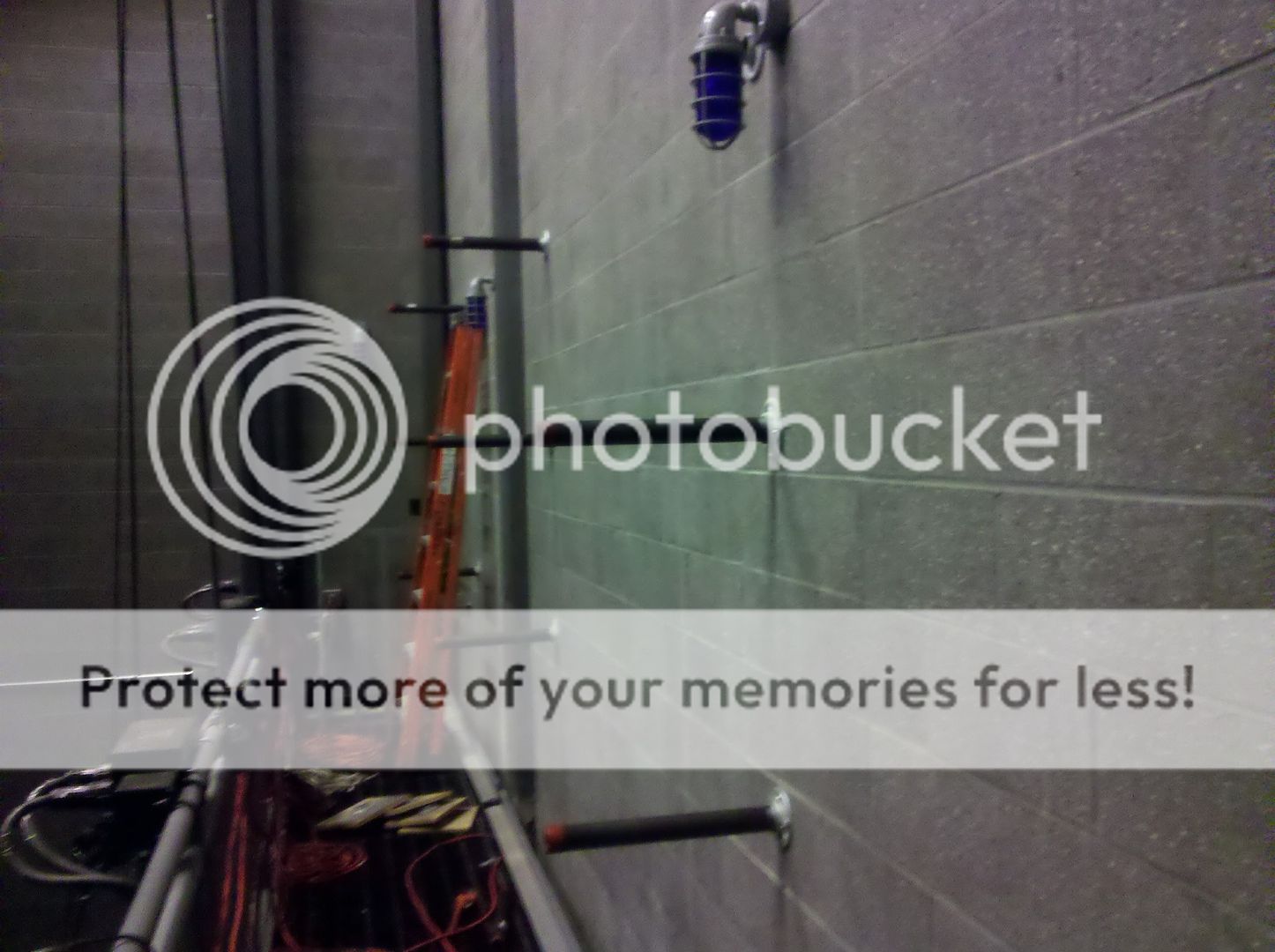
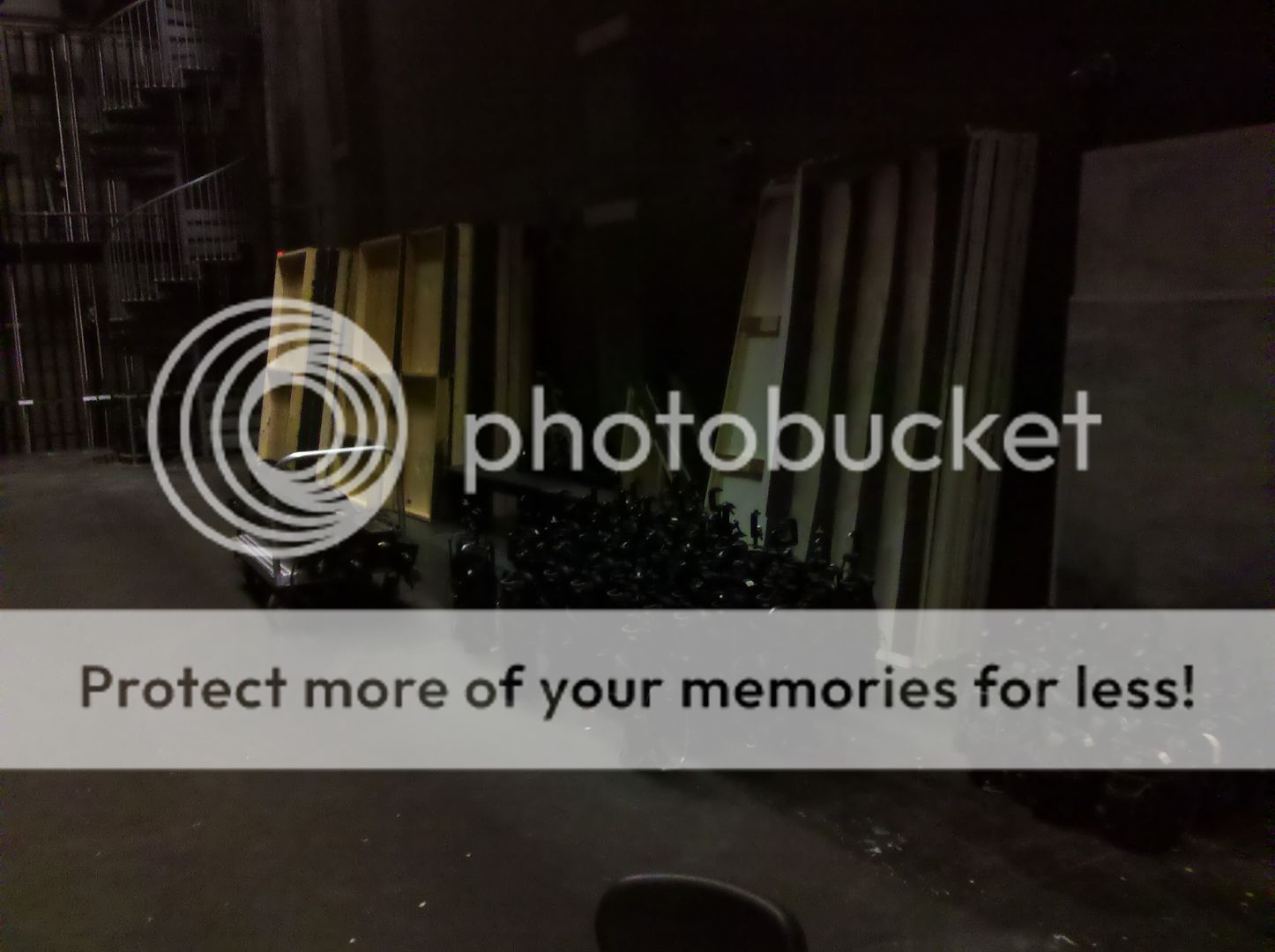
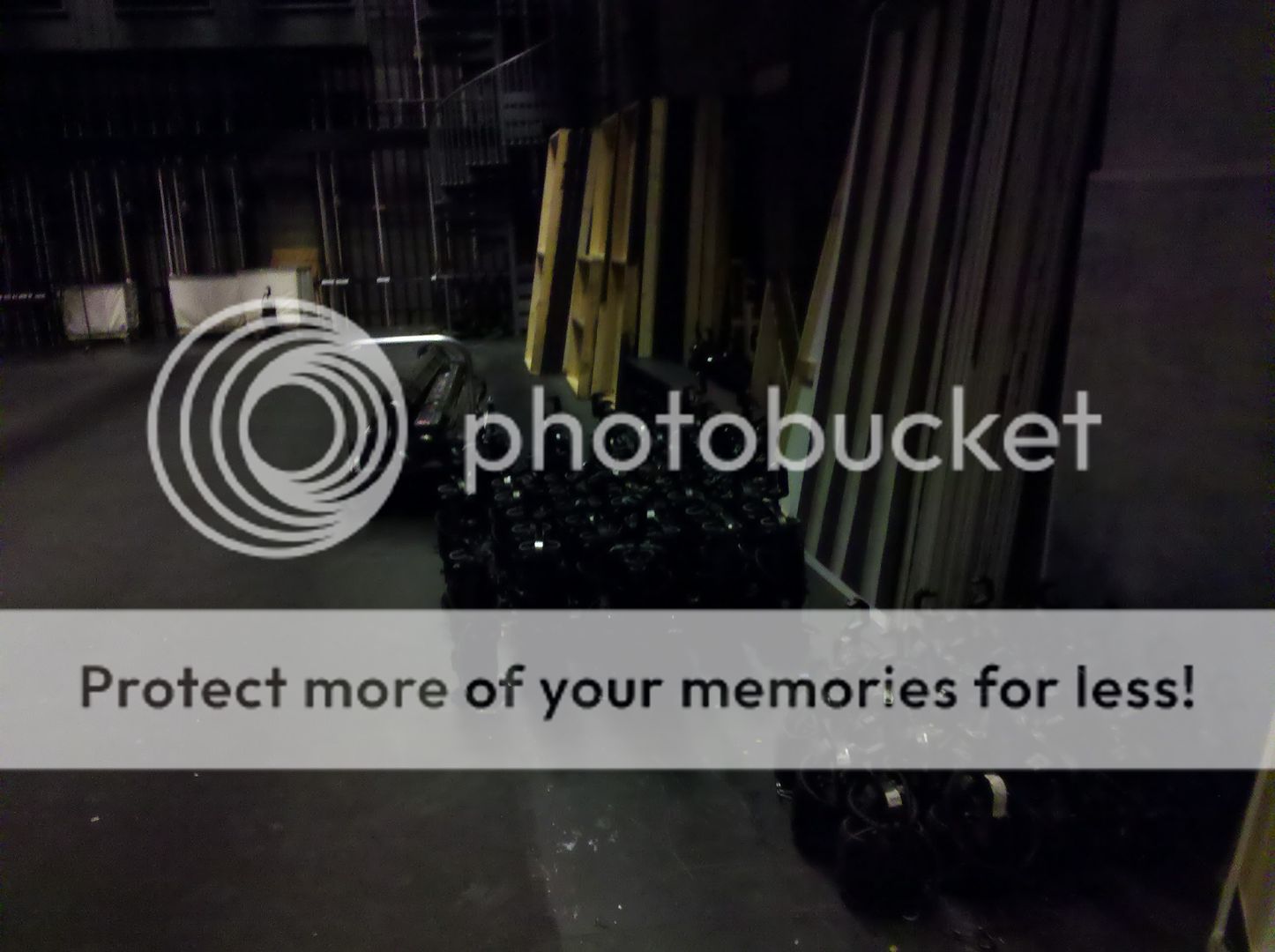
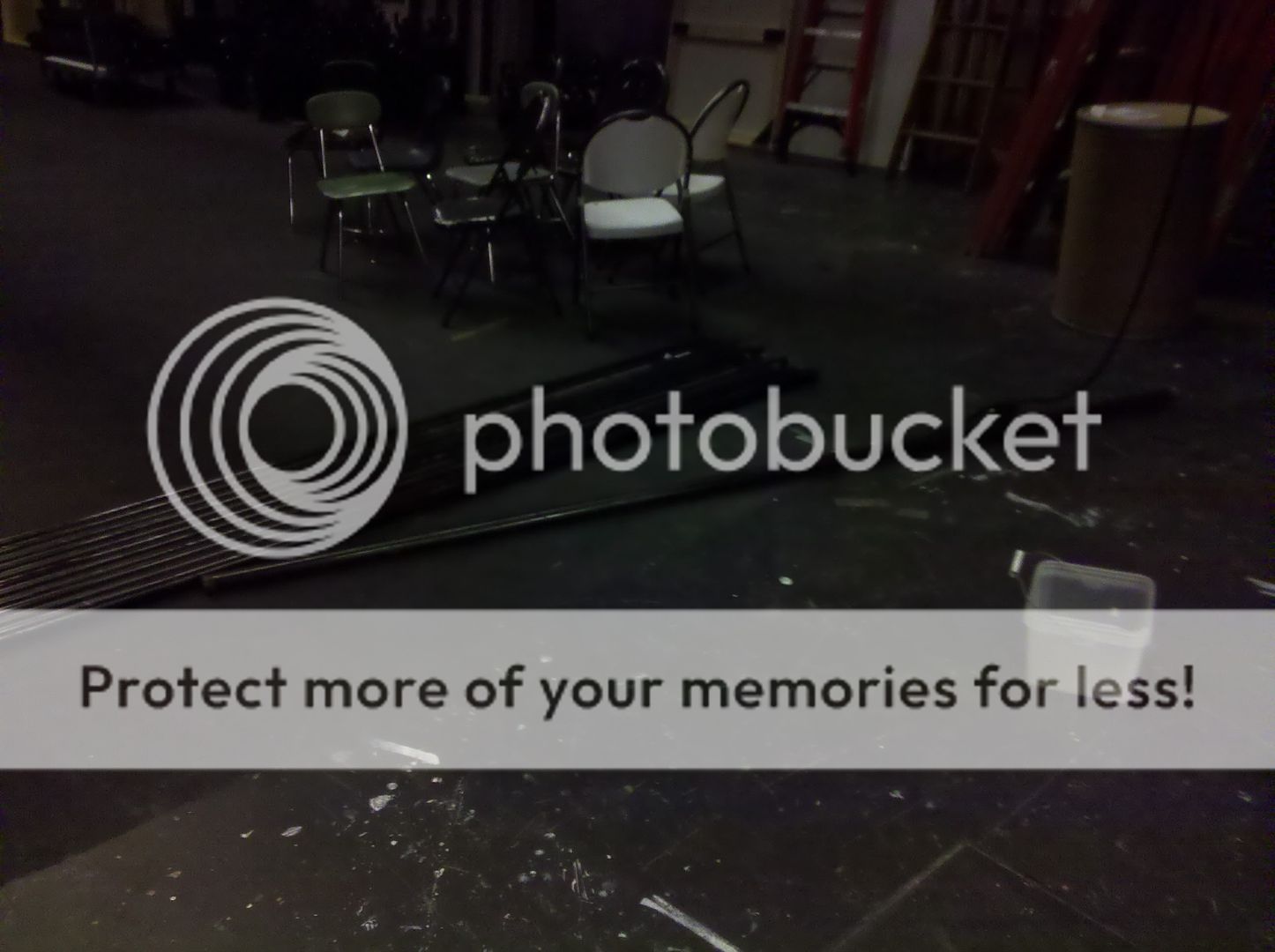
I'm curious as to why you went with Cheeseboroughs as opposed to the cleaner Kee Klamp or less-expensive Rota-Lock?...Waiting for 30 90° Cheeseborough's to come in before we can finish this project. ...
We use essential cookies to make this site work, and optional cookies to enhance your experience.

